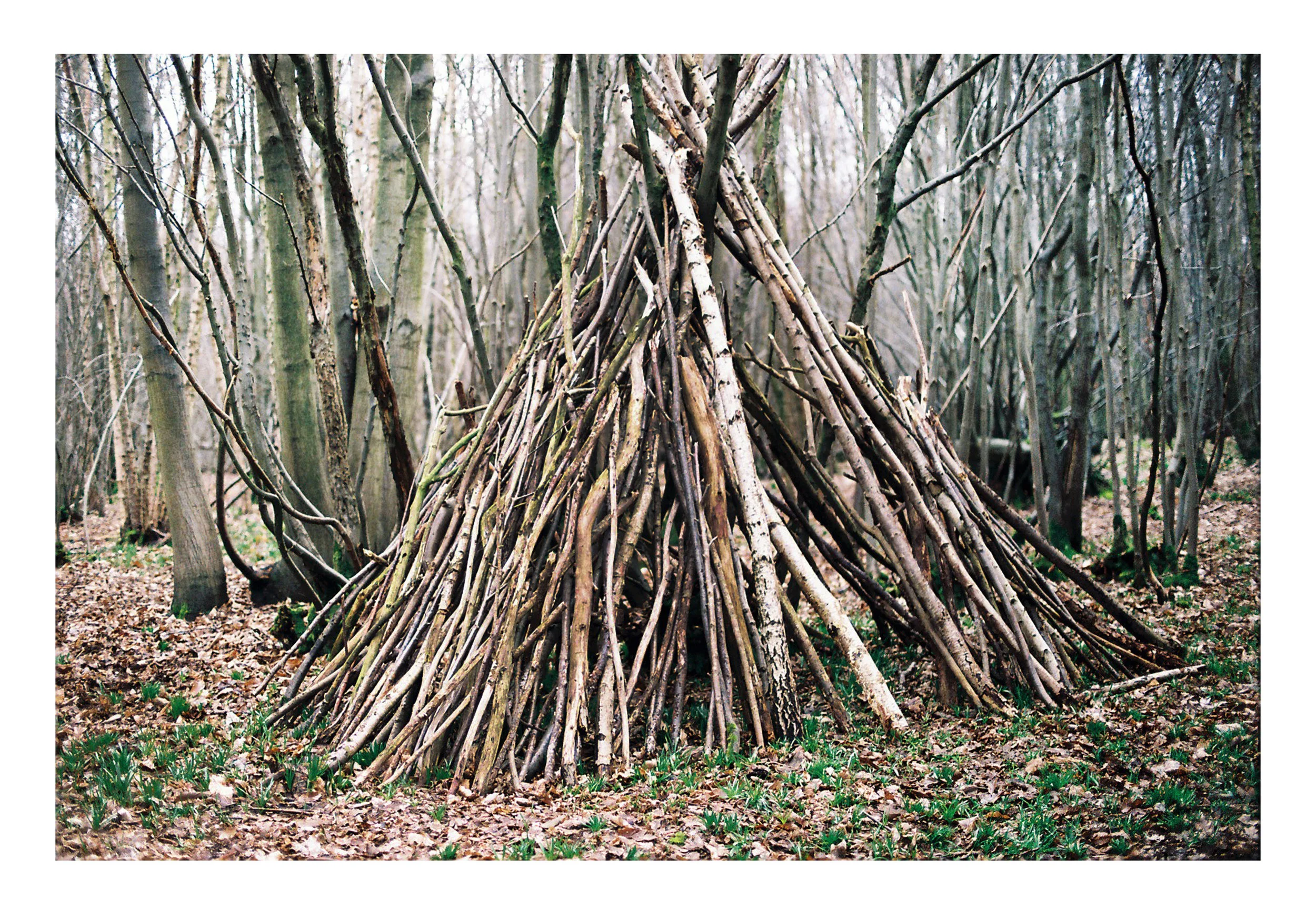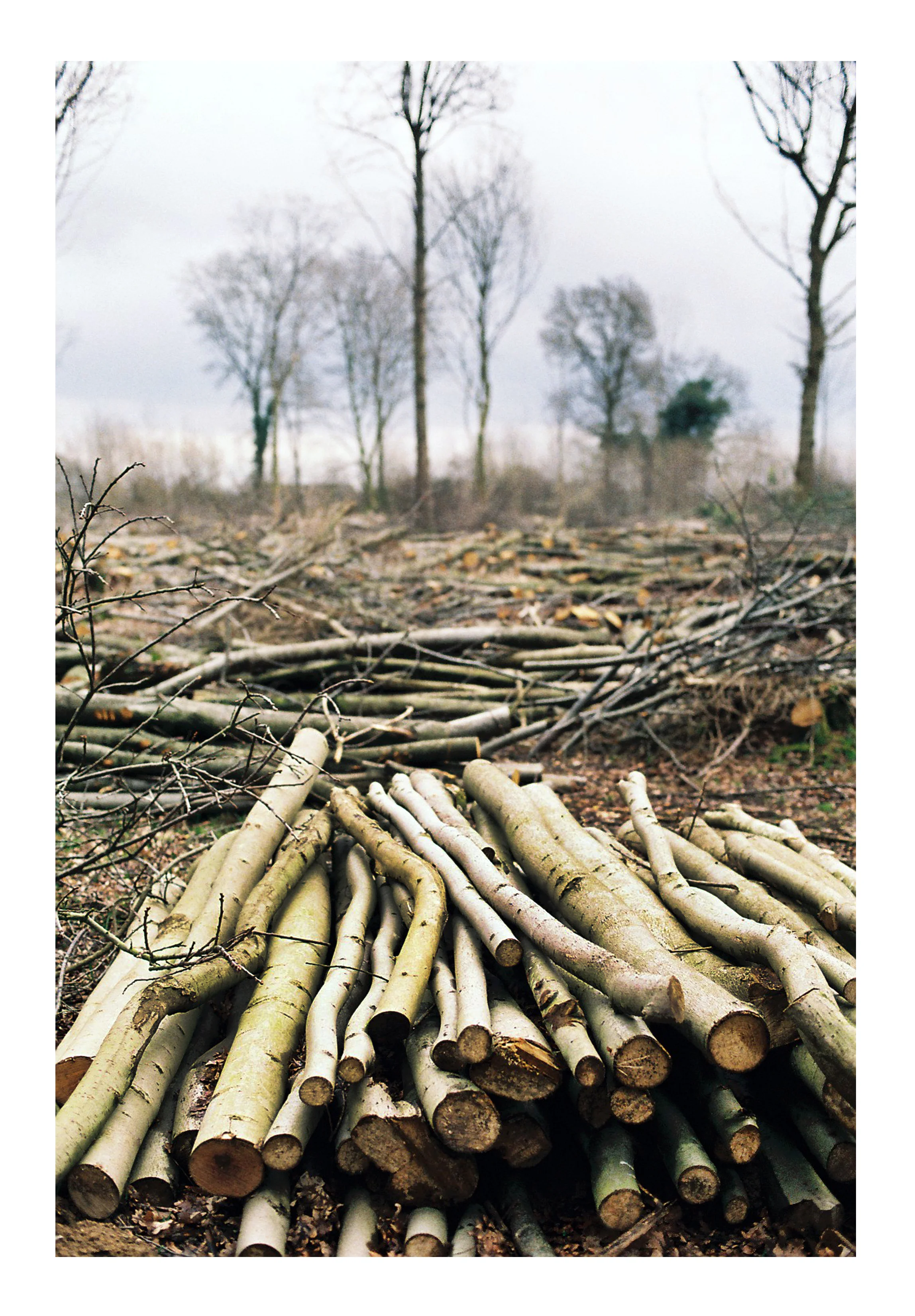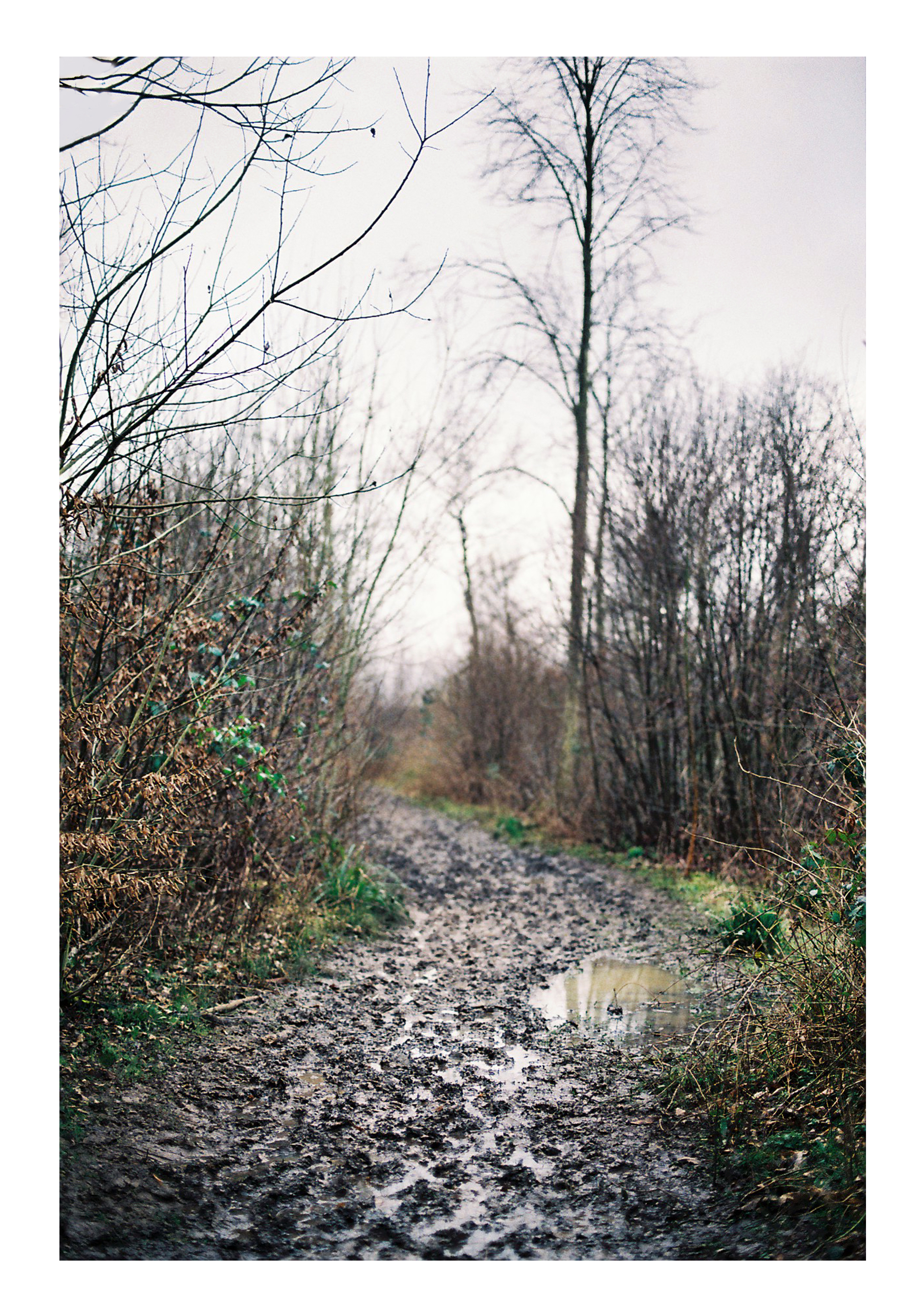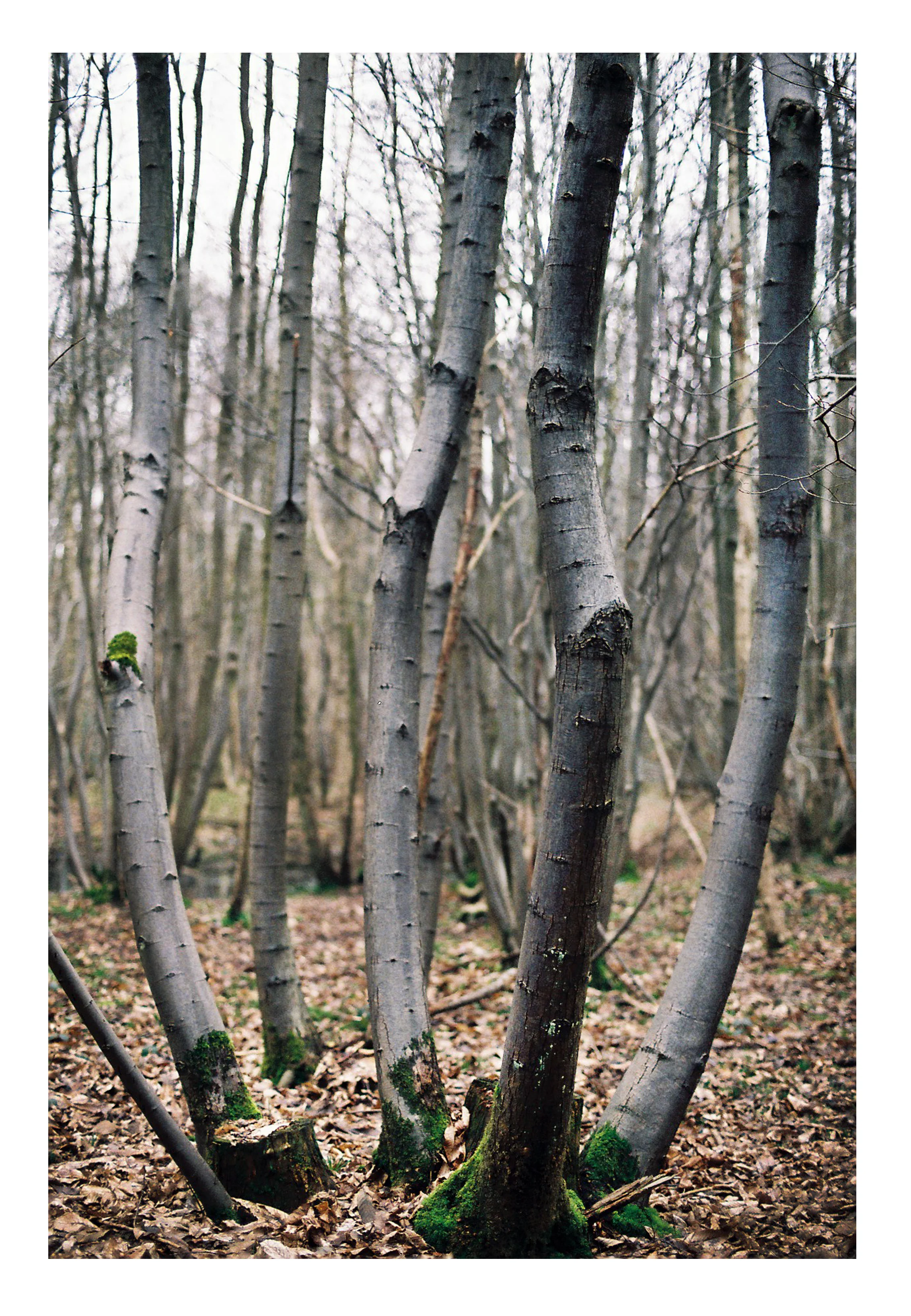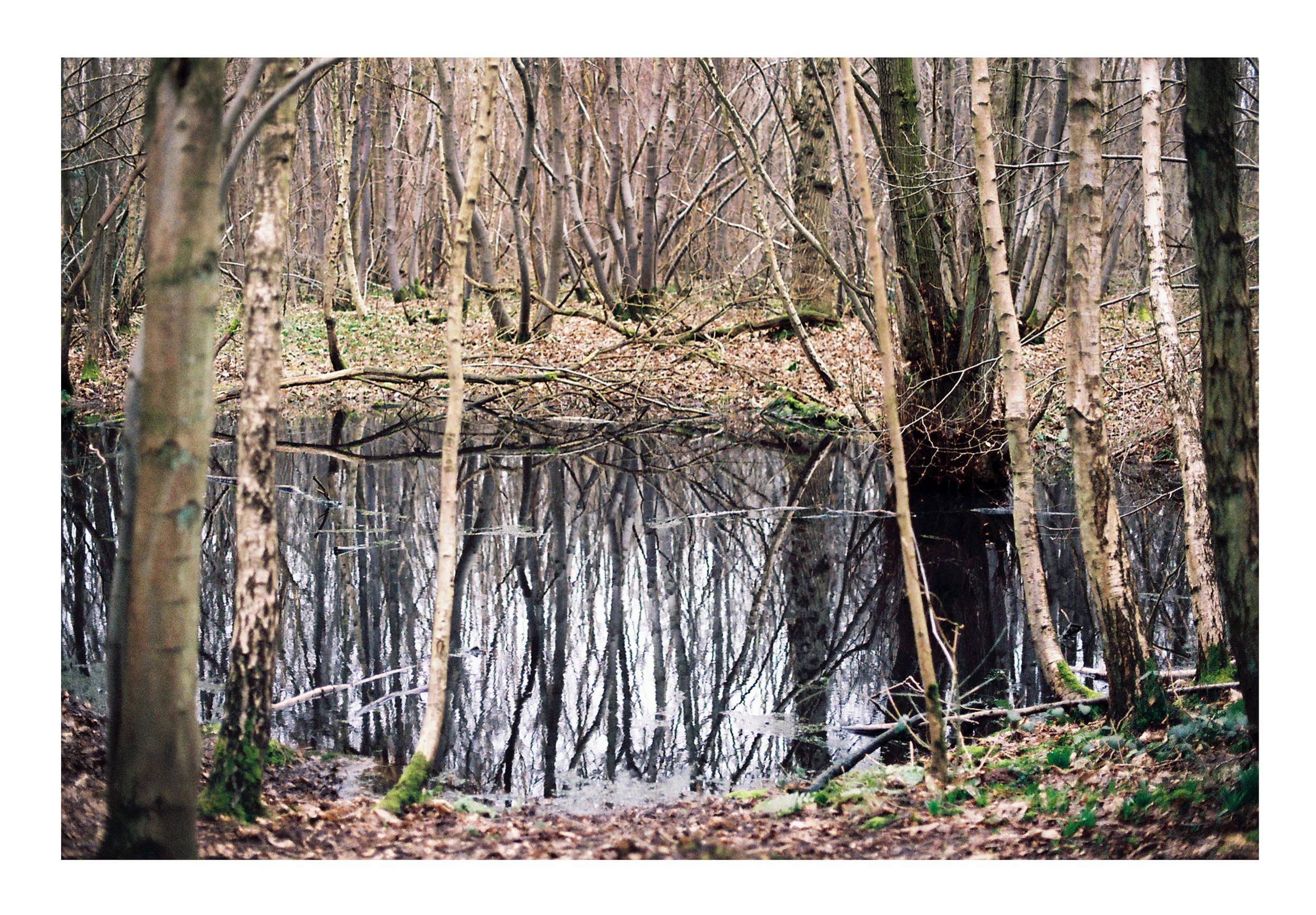Landscapes
The ancient woodland of Chalkney Wood in Essex that is scoped in history and community value.
Chalkney Wood
1. Chalkney Wood is 182 acres (64ha) of ancient woodland that lies on a spur of land overlooking the Colne Valley, about one mile south-east of Earls Colne in Essex. It has been in existence since the last ice age, 10,000 years ago, making it an ancient woodland area scoped in history and community value.
2. The main method of management for at least the last 400 years has been coppicing and this continues in the wood today. Coppicing involves the periodic felling of trees from different areas of the wood and then allowing the cut stumps to regrow to be harvested in the future. The plan is to coppice the whole wood on a 25 year cycle. The first cycle completed under County Council ownership was finished early 1999. The wood was of great value to the local community in medieval times because of the timber and woodland products they could produce. Old records say that the woodland was maintained by coppicing the trees as far back as the late 1500’s.
3. It is a very popular area for the local community as it is accessible to the public at all times. Dog walkers, bird watchers and mud runners are among the regulars due to the meandering paths, ancient trails and diverse wildlife. In the winter it can become extremely muddy and slippy.
4. The different stages of coppice regrowth provide a rich diversity of wildlife for which the wood is designated a Site of Special Scientific Interest. One of the most obvious benefits of this management is the wonderful display of bluebells and wood anemones in the spring due to extra light that’s created, The wood from these stems can be made into a variety of woodland products and supposedly the tree will live longer.
5. The old roman road of Wool Street once cut through the wood on its route between Colchester and Cambridge. Primrose, anemone, bluebell and red campion carpet the ground in spring. The bluebells are starting to grow through the layer of leaves and will be flowering soon. Many of the rarer flowers such as a herb paris , twayblade, and violet helleborine are some of the plants which is evidence of the very old age of this wood.
6. Not only historical, Chalkney also has a great wildlife interest. It was owned from the Norman Conquest until 1570 by the De Veres, Earls of Oxford. They used it to breed and rear wild boar, which were extinct in the wild at the time. Now Essex County Council own and manage approximately one third of the woodland. They purchased about a third of the woodland in 1974 to preserve it for future generations. The Forestry Commission manage the remaining two thirds of the woodland as a forest nature reserve where muntjac deer might be seen crossing a path.

